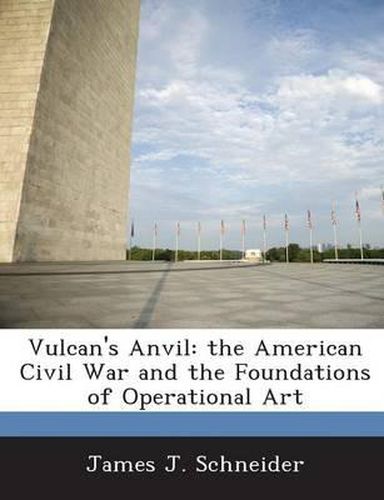Vulcan's Anvil
James J Schneider

Vulcan’s Anvil
James J Schneider
The art of war, as a distinct creative activity, emerged during the establishment of organized warfare sometime around the fifteenth century B.C. Since that time the art of war has changed remarkably little from a creative standpoint. As a form of art it was characterized by the Soviet military theorist, Georgii S. Isserson, as the strategy of a single point [strategiya odnoiy tochki]. For centuries armies marched and came together in a dense mass on a single point in the theater of operations. For hundreds of years this style of fighting shaped military thinking and the creative employment of armed forces. Then suddenly during the American Civil War this pattern of activity was changed forever and a new style of warfare emerged. This new creative tradition came to be called operational art and became the chief method for waging total war. Until recently the nature of operational art has been largely ignored in the West. In Russia, and later in the Soviet Union, however, the transformation in the conduct of war was viewed with great interest. Eventually by the 1930s it became the creative cornerstone of the Soviet warfare state and its theory for total war. This paper was later published as chapter 1 in The Structure of Strategic Revolution, published by Presidio Press in 1994. Reprinted with Presidio Press permission.\“
This item is not currently in-stock. It can be ordered online and is expected to ship in approx 2 weeks
Our stock data is updated periodically, and availability may change throughout the day for in-demand items. Please call the relevant shop for the most current stock information. Prices are subject to change without notice.
Sign in or become a Readings Member to add this title to a wishlist.


